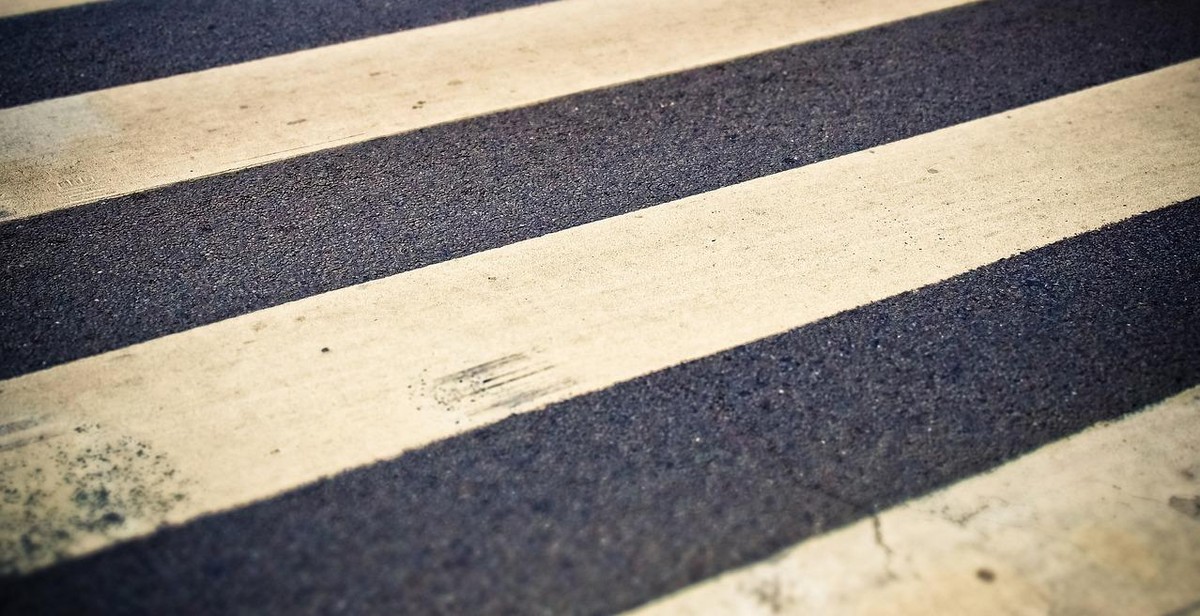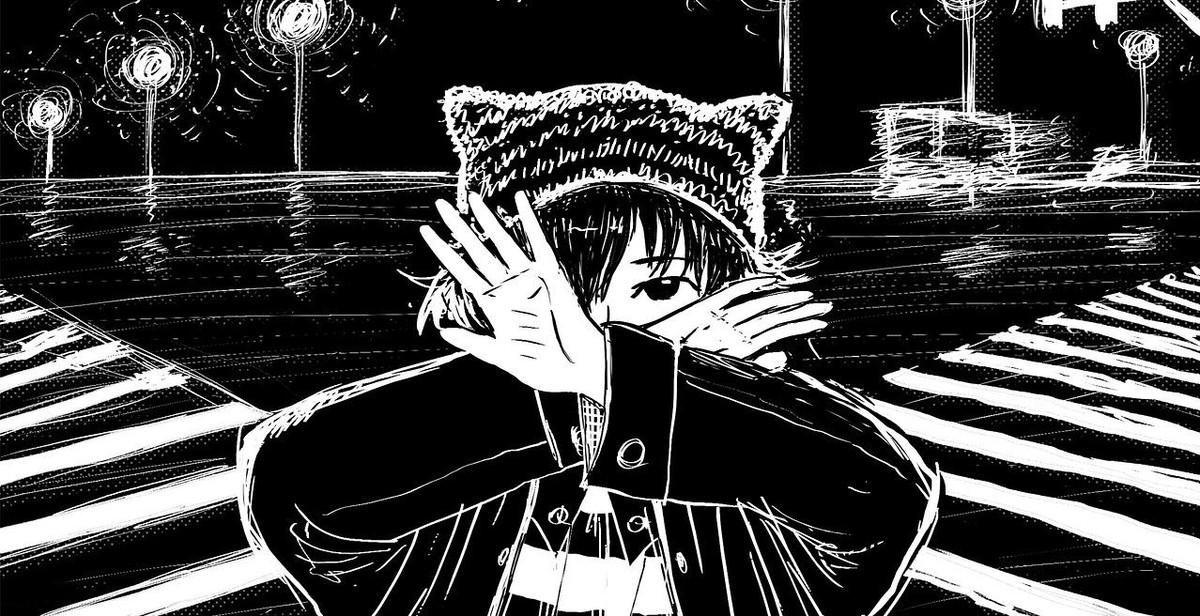How to Build a Zebra Crossing: Step-by-Step Guide for Constructing Pedestrian Crossings
As a professional article writer and content creator, I have had the opportunity to witness firsthand the importance of zebra crossings in ensuring the safety of pedestrians. Zebra crossings are essential in every community and have been proven to reduce accidents and fatalities on the road. They serve as a designated area where pedestrians can cross the road safely and with ease.
Why Build a Zebra Crossing?
Building a zebra crossing is not just a legal requirement but also a moral obligation. It is a crucial step in promoting road safety and protecting the lives of pedestrians. Zebra crossings are especially important in areas with high pedestrian traffic, such as schools, hospitals, and residential neighborhoods.
Without a zebra crossing, pedestrians are forced to cross the road at unmarked points, putting them at risk of being hit by a vehicle. This is why it is essential to learn how to build a zebra crossing. By doing so, you can help ensure the safety of pedestrians in your community.
In this article, I will provide a step-by-step guide on how to build a zebra crossing. This guide will cover everything from the materials needed to the construction process, ensuring that you can create a safe and effective pedestrian crossing.
Step 1: Determine the Location for the Zebra Crossing
Before you start building a zebra crossing, you need to determine the location where it will be constructed. This involves a careful analysis of the area to identify the best spot for the crossing that will ensure maximum safety for pedestrians.
Factors to Consider
When choosing the location for your zebra crossing, consider the following factors:
- Traffic volume: The crossing should be located in an area with high pedestrian traffic and where there is a significant amount of vehicular traffic that requires the presence of a pedestrian crossing.
- Visibility: The location should be easily visible to drivers from a distance, and there should be no obstructions that could hinder visibility.
- Proximity to other crossings: The location should be convenient for pedestrians to access, and it should not be located too close to other crossings to avoid confusion among drivers.
- Speed limit: The crossing should be located in an area where the speed limit is low enough to allow drivers to stop safely for pedestrians.
Additional Considerations
Other factors to consider when determining the location for your zebra crossing include the presence of traffic lights, pedestrian signals, and other road features that may affect the safety of pedestrians. It is also important to consult with local authorities and obtain the necessary permits before constructing a zebra crossing.
| Pros | Cons |
|---|---|
| Increases pedestrian safety | May cause traffic delays |
| Helps to manage pedestrian and vehicular traffic | Requires regular maintenance |
| Encourages more people to walk | May not be suitable for all locations |
Step 2: Obtain Necessary Permits and Permissions
Before starting the construction of a zebra crossing, it is crucial to obtain all necessary permits and permissions from the local authorities. This will ensure that the construction process is legal and safe for pedestrians and motorists alike.
Contact Local Authorities
The first step in obtaining the necessary permits and permissions is to contact the local authorities responsible for road construction and maintenance. These authorities may include the department of transportation, city or county planning commission, or the traffic engineering department.
It is important to provide detailed plans and specifications for the zebra crossing during the permit application process. The plans should include the location, size, and design of the crossing, as well as any additional safety measures such as signage, lighting, and pavement markings.
Comply with Regulations
Local authorities may have specific regulations and guidelines regarding the construction of zebra crossings. It is important to comply with these regulations to ensure the safety of pedestrians and motorists.
Some of the regulations may include the minimum width and length of the crossing, the distance from other intersections or crossings, and the type of materials that can be used for construction.
Conclusion
Obtaining the necessary permits and permissions is an important step in the construction of a zebra crossing. Contacting the local authorities and complying with regulations will ensure that the crossing is legal and safe for everyone to use.
Step 3: Prepare the Site for Construction
Before starting the construction of a zebra crossing, it is essential to prepare the site to ensure a smooth and safe construction process. This step involves clearing the area and marking the area where the crossing will be constructed.
Clear the Area
The first step in preparing the site for construction is to clear the area where the zebra crossing will be constructed. This involves removing any obstacles, debris, or obstructions that may hinder the construction process. The area should be free from any vehicles, pedestrians, or any other objects that may interfere with the construction process.
Mark the Area
The next step is to mark the area where the zebra crossing will be constructed. This involves using chalk or spray paint to mark the area where the road will be excavated to install the crossing. It is essential to ensure that the marking is accurate and visible to avoid any errors during the excavation process.
Once the area is cleared and marked, the construction team can proceed to the next step of excavating the area to install the zebra crossing.
Step 4: Lay the Foundation
Before you start laying the actual zebra crossing, you need to prepare the foundation properly. This step involves excavating the area, preparing the base, and installing the kerbs.
Excavate the Area
The first thing you need to do is to excavate the area where you want to lay the zebra crossing. This involves removing the top layer of soil and debris to create a level surface. You can use a mini excavator or manual labour to do this. The depth of the excavation should be at least 200mm to allow for the base and the surfacing.
Prepare the Base
After excavating the area, you need to prepare the base. This involves laying a sub-base layer of Type 1 aggregate and compacting it to create a firm and stable foundation. The thickness of the sub-base layer should be at least 150mm for pedestrian crossings.
Install the Kerbs
Once the sub-base is in place, you need to install the kerbs. These are the raised edges that define the boundary of the zebra crossing and prevent the surfacing from spreading. You can use concrete or granite kerbs that are at least 150mm high and 200mm wide. The kerbs should be installed on a bed of concrete and haunched to provide stability.
By following these steps, you will have laid a solid foundation for your zebra crossing, ensuring a safe and durable pedestrian crossing for years to come.

Step 5: Install the Road Markings
After the concrete has dried, it is time to install the road markings. These markings are essential as they guide pedestrians and drivers on how to use the zebra crossing. Below are the steps to follow:
Paint the Stripes
Start by painting the stripes on the crossing. Use a measuring tape to ensure that the stripes are evenly spaced and of the correct width. Typically, the stripes should be 400mm wide and spaced 400mm apart. Use a paint that is durable and visible, especially during rainy weather.
Add the Belisha Beacons
Belisha beacons are yellow globes mounted on black and white posts. They are placed on both sides of the zebra crossing to alert drivers of the presence of the crossing. Install them by digging holes on either side of the crossing and then placing the posts in the holes. Ensure that the posts are firmly fixed in the ground. Finally, attach the yellow globes to the posts.
Once the markings and beacons have been installed, inspect the zebra crossing to ensure that everything is in place and that it meets the required standards. Congratulations, you have successfully constructed a zebra crossing!
Step 6: Add Finishing Touches
After laying the zebra crossing, it’s essential to add finishing touches to ensure the safety of pedestrians and motorists. Here are two crucial elements to add:
Install Signage
Installing signage is a crucial component of constructing a zebra crossing. It helps to alert drivers to slow down and be cautious of pedestrians crossing the road. The signage should be visible from afar and placed in strategic locations on both sides of the crossing.
Typical zebra crossing signs include “Pedestrian Crossing” and “Stop for Pedestrians.” These signs should be made of durable materials that can withstand harsh weather conditions. Additionally, the signs should be well-lit to make them visible at night.
Add Lighting
Adding lighting to a zebra crossing increases its visibility, especially at night. It also helps to illuminate the crossing, making it safer for pedestrians and drivers. The lighting should be installed in a way that it doesn’t blind drivers and should be bright enough to illuminate the whole crossing.
Typical lighting options for zebra crossings include streetlights, solar-powered lights, and LED lights. The lighting should be regularly maintained to ensure that it’s functioning correctly.
With these finishing touches, your zebra crossing is now complete and ready to use. Ensure that you regularly maintain the crossing to keep it in good condition and safe for pedestrians and drivers.

Conclusion
Building a zebra crossing can be a challenging task, but by following the step-by-step guide outlined in this article, you can ensure that you construct a safe and effective pedestrian crossing.
Remember to start by selecting the right location for your zebra crossing, ensuring that it is visible and easily accessible for pedestrians. Then, mark out the area and prepare the ground, making sure it is level and free from debris.
Next, install the necessary road markings, including the white stripes and zigzag lines, and add any additional safety features, such as bollards or lighting.
Finally, it is important to regularly maintain your zebra crossing to ensure it remains safe for pedestrians to use. This includes cleaning and repainting the road markings, as well as ensuring any safety features are in good working order.
By following these steps, you can build a zebra crossing that not only meets the necessary safety requirements but also provides a safe and convenient way for pedestrians to cross the road.
| Key Takeaways: |
|---|
| • Select a visible and accessible location for your zebra crossing |
| • Prepare the ground and install necessary road markings and safety features |
| • Regularly maintain your zebra crossing to ensure it remains safe for pedestrians |
With these tips in mind, you can confidently embark on your zebra crossing construction project, knowing that you are taking all the necessary steps to create a safe and effective pedestrian crossing.
